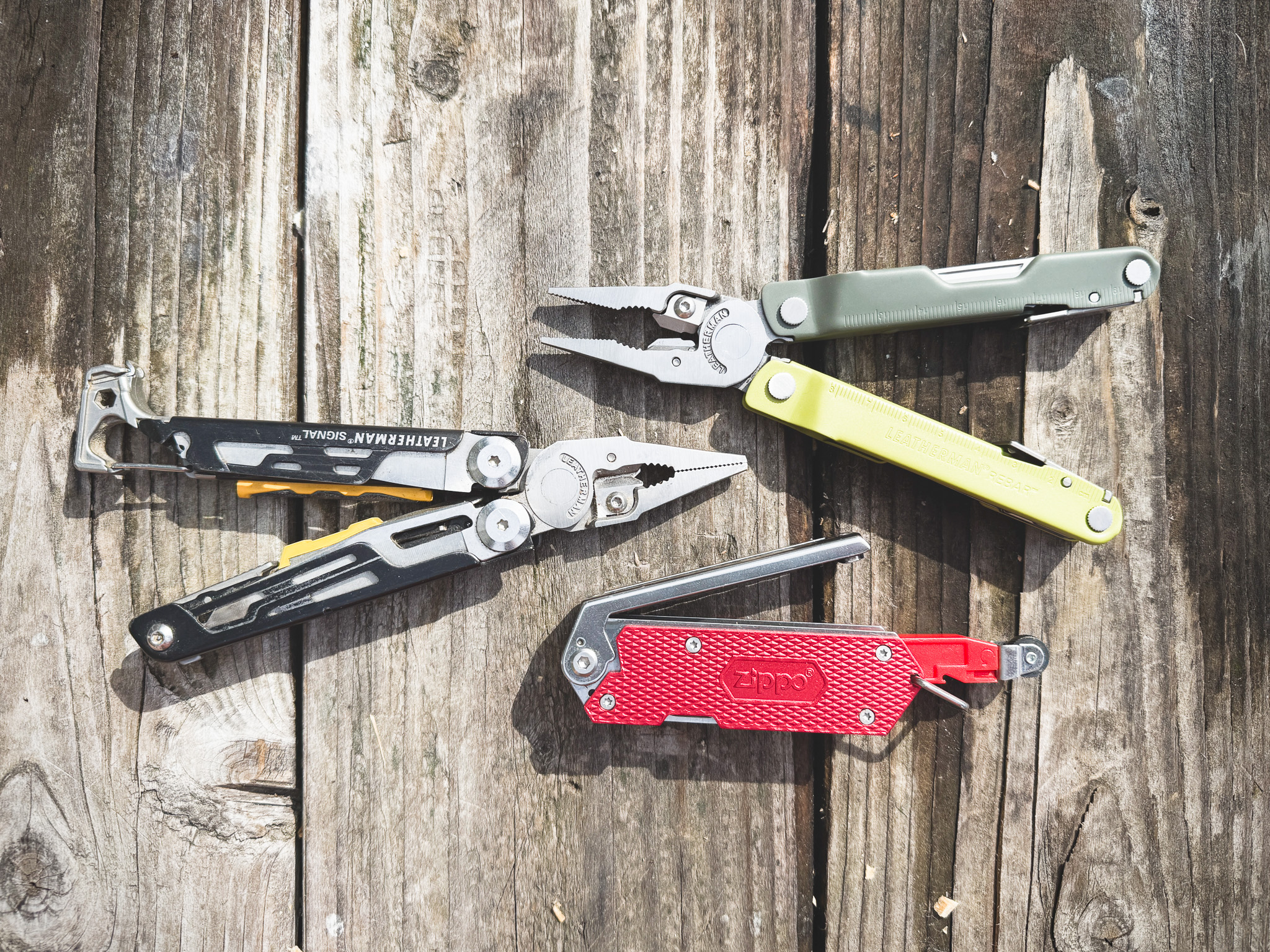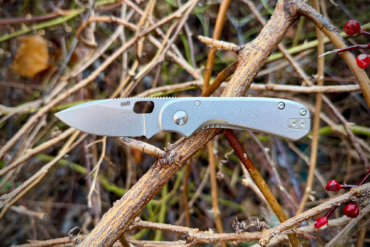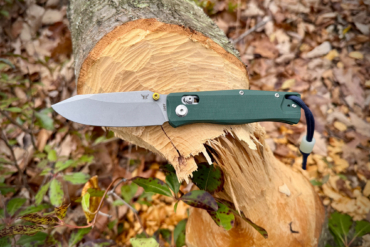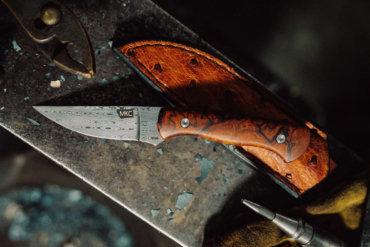The train was on time, to the Swiss minute, as I boarded for a cross-country trip. It was 2010, and I was in Switzerland traveling between two powerhouses of the knife world.
Wenger and Victorinox, respectively in the cities of Delemont and Ibach, both made Swiss Army Knives.
As sister brands, they were owned by the same parent company and pumped out millions of the iconic pocketknives each year. (Read my article from 2010, “Origins of Swiss Army Knife,” for the full back story.)
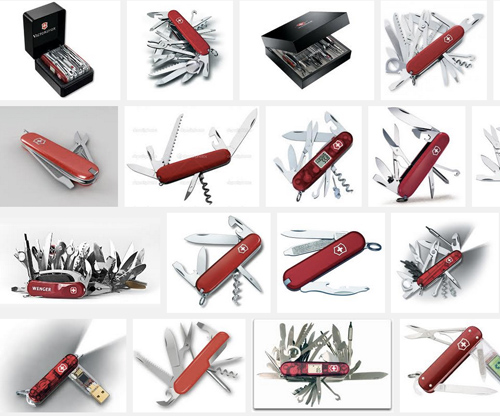
This changes in 2014. “Many consumers can hardly distinguish between the knife products from Victorinox and Wenger,” noted Carl Elsener, CEO of Victorinox. “That’s why we are joining forces and focusing on one brand.”
(Jump to page 2 for our interview with Victorinox president Rene Stutz.)
Wenger’s stamp will no longer be seen on Swiss Army Knives. Instead, about two-thirds of its current knife models will be rebranded as Victorinox.
The remaining knives, many close cousins to Victorinox models, will be eliminated from the line.
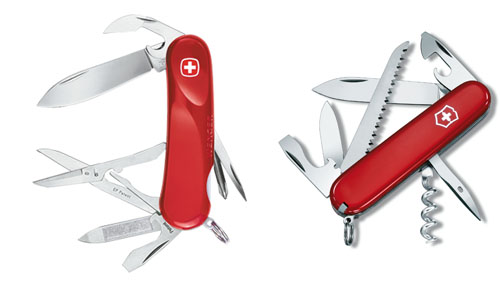
The brands are merging as “the global fight for survival is getting increasingly fierce,” said Elsener in a statement about the business decision.
I explore the history of the iconic knife type in the article “Origins of Swiss Army Knife.” But, in short, long-ago established Swiss government contracts and policies within the country allowed two factories on different sides of the country to both make the knives.

The two companies, Wenger and Victorinox, made the same type of product — Swiss Army Knives. They were the only official makers of the iconic blades, though rip-off brands abound.
Wenger and Victorinox, as separate entities, made Swiss Army Knives for decades before merging under one corporate ownership about 10 years ago.
Annually, Victorinox now produces 25 million knife and cutlery pieces, and Wenger makes 2.2 million knives. Swiss Army Knives remain among the most popular of all outdoor gear.
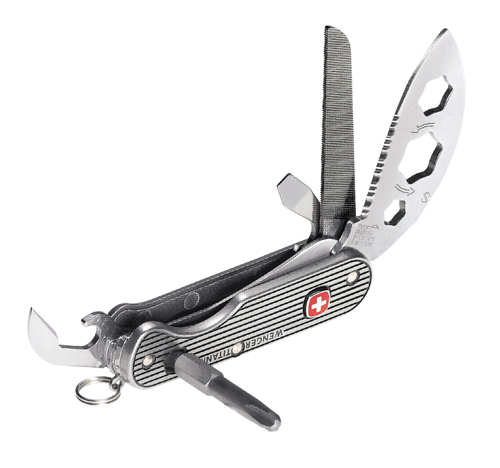
How will the news this spring of the brand merger affect the Wenger name overall? While the Wenger knife line will be integrated into the Victorinox knife business Wenger will change its focus.
The Wenger brand will continue to exist as a watch manufacturer and offer its line of adventure travel gear/luggage, portable solar solutions, sport glasses, business gear, and related products.

We caught up with Rene Stutz, the president of Victorinox, last month for an interview on the Wenger news. See page 2 of this article for more insight from Stutz on the future of the iconic Swiss Army brand.
—Stephen Regenold
continued on next page. . .

